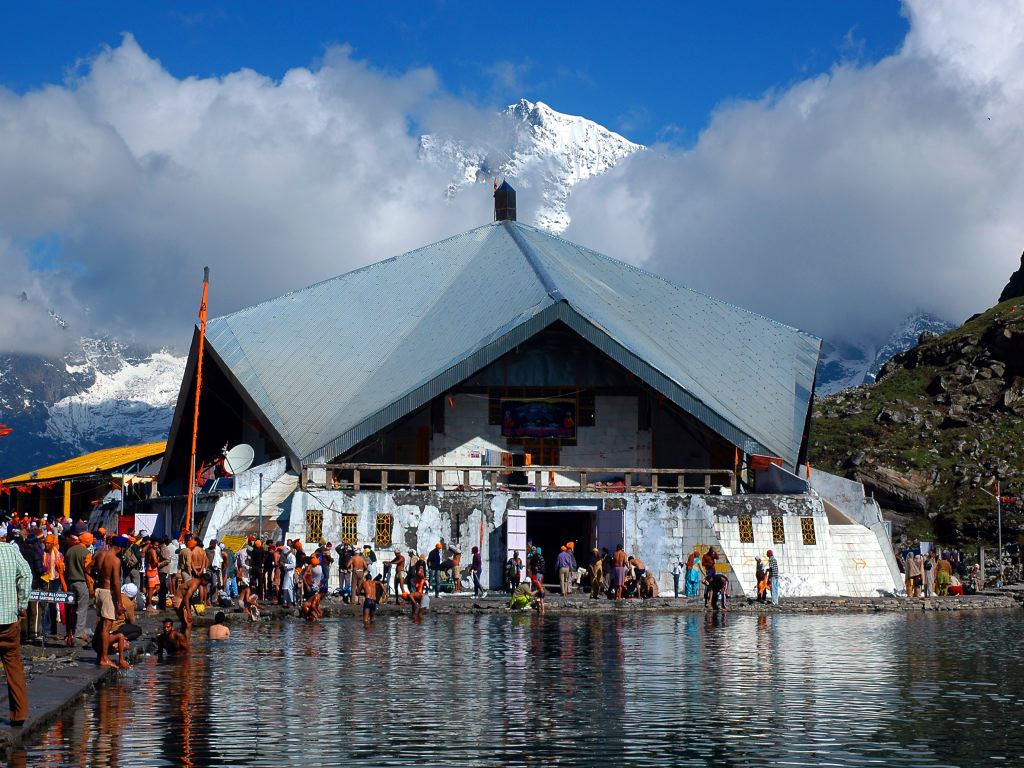
Sikh Pilgrim Dies After Slipping Into Gorge Near Hemkund Sahib in Uttarakhand

 :
| Updated On: 21-Jul-2025 @ 12:01 pm
:
| Updated On: 21-Jul-2025 @ 12:01 pmSHARE
On Sunday, an unfortunate incident occurred near the revered Hemkund Sahib Gurudwara in Uttarakhand’s Chamoli district, where an 18-year-old Sikh pilgrim from Punjab lost his life after slipping into a deep gorge. The deceased was identified as Gurpreet Singh, a resident of Kale village in the Amritsar district. According to the police, Gurpreet was part of a 90-member group undertaking a pilgrimage to the holy site of Hemkund Sahib, a prominent Sikh shrine nestled in the Himalayas.
Police reports indicate that the young devotee veered off from the designated main footpath that leads directly to the Gurudwara. Instead, he took an older trail, which had been declared unsafe and officially closed to the public due to safety concerns, including erosion and structural instability. This decision proved fatal as the old path, lacking proper support and signage, led him to lose his footing and fall into a gorge that was approximately 100 meters (328 feet) deep.
Once the local authorities were alerted, the Chamoli police quickly mobilized along with personnel from the State Disaster Response Force (SDRF) and other associated rescue agencies. A coordinated and immediate search-and-rescue operation was launched at the site of the incident. Despite the difficult terrain and deep drop, the team was able to successfully retrieve Gurpreet Singh’s body from the ravine. The recovery operation required significant effort due to the depth of the fall and the rugged Himalayan landscape in which Hemkund Sahib is situated.
The authorities confirmed that the trail Gurpreet Singh had taken was officially marked as off-limits. It had been closed previously following several warnings from safety inspectors and local administration because of landslides, narrow and broken paths, and unstable ground conditions that posed serious threats to pilgrims. This particular route, although historically used, had been deemed unfit for public use.
The tragic death of the young devotee has sparked renewed concern over the safety of trekking paths and routes that lead to major pilgrimage destinations in Uttarakhand, which sees a massive influx of pilgrims each year, especially during the Char Dham and Hemkund Sahib Yatra seasons. The incident also raises questions about the enforcement of restricted zones and whether more visible warnings or security personnel could have prevented access to closed routes.
This unfortunate episode serves as a grim reminder of the inherent dangers that come with traveling through mountainous regions, especially when safety advisories are not followed. It highlights the urgent need for heightened vigilance among pilgrims, strict implementation of travel restrictions, and improved signage and awareness efforts by local authorities to prevent such avoidable tragedies in the future.
Gurpreet Singh’s body was handed over to his family following the retrieval and completion of necessary legal formalities. The local administration has extended condolences to the bereaved family and urged future pilgrims to adhere strictly to marked and authorized trails to ensure their safety while visiting the sacred site.